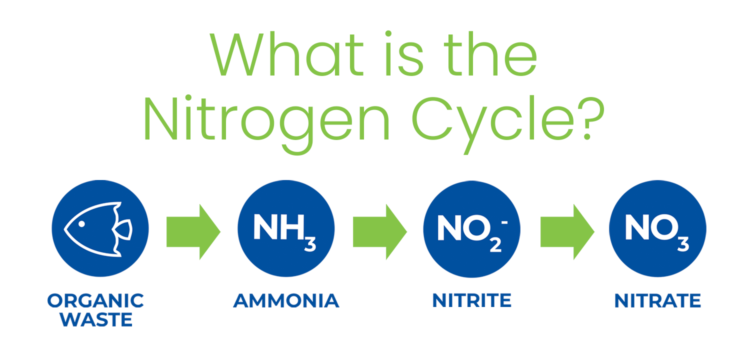- Joined
- Dec 28, 2016
- Messages
- 22,772
- Reaction score
- 21,925
I for one have no clue what you're requesting? 99 percent of threads on this site start with 'a single reef' or a question about 'a single reef' - which then leads to 'well I do this, and I do that, and this is better than that, etc etc'. So my guess is as well - you will have zero responses - because - there is no reasonable way to respond?in lieu of making a new thread this page here will be for 2021 updates
The Most Important Fundamental Change in 2021 Cycling rules for the hobby is the preparation for Fish Disease
you can see from the myriad 2020 examples logged a cycle is as good as done when you wet the tank, after a brief time delay we can exactly calculate before you set up the tank and so can every single reef tank entrant that has ever existed in a reefing convention.
Read this forum, and tell me if reefs under 8 mos old aren't in dire need of preps for fish disease. **the concern in cycling is no longer ammonia and nitrite, its quick disease wipeouts from skipping preps
so what are the ideal preps>
Fish Disease Treatment and Diagnosis
A forum for discussing treatment and diagnosing saltwater reef fish.www.reef2reef.com
post some that are better, and better measured with feedback, than from that link above and we'll consider them. Can't be a thread about someone's single reef, needs to be a forum of pages using other's reefs and their unbiased feedback. under those constraints i expect zero alternate examples to be linked. its ok to insert solely examples of one person's reef who skipped preps and has no disease, I know that's all we can find lol.
my self-appointed job here is to relay reefing microbiology trends to you six years before they're formally adopted. if we dont get on fish disease now the entire world is going to hate our hobby.
(get a pico reef, gain the ability to never have to fallow and quaratine because you keep corals and inverts only, there's ways around these unfavorable preps)
As to the rest - I would like some evidence that 'dry rock' is 'bad' and 'live rock' is 'good' for fish disease specifically. If I asked you to post the same types of threads to 'prove' your point, my guess is that would also be lacking. It is my position (mostly based on 'common sense') - that dry rock within a couple months is 'live rock'. There is no magic. Once you add fish, some CUC, etc. The rock is rapidly colonized. I'm not talking about preventing algae, etc - I am talking about live rock preventing fish disease - as compared to dry rock. Whats the rationale behind you're theory. Thanks?



















